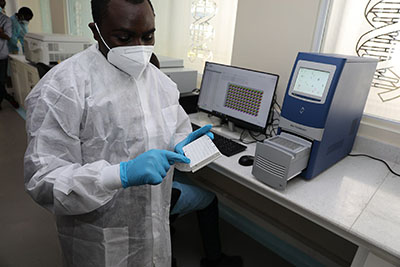Drawing upon ethnographic fieldwork and interviews with county health surveillance officers, the questions we pursue in this sub-project are: How does Covid-19 intersect with existing disease surveillance, data management and response? What new systems and policies does Covid-19 generate beyond the epidemic?
Surveillance data determines the visibility and characterisation of burdens of disease within communities and informs health programming. The types of diseases targeted and processes of data production are shaped by acute events and long-term trends. Acute events such as transnational emerging infectious disease outbreaks may have the following effects: Closure of health facilities and suspension of health programs, disrupting facility-based surveillance; supplanting of experienced district health officials by national officials, and top-down governance. Following large outbreaks, donors tend to focus on containing disease emergence rather than addressing larger, common causes of morbidity and mortality. Longer-term trends include: The expansion of the epidemiological gaze beyond acute infectious diseases to encompass non communicable diseases as well as traffic accidents etc; consolidation of surveillance programs, data reporting, and digital data collection technologies. The larger surveillance systems that will emerge from the COVID-19 pandemic may inform the visible epidemiological landscape for decades to come.
Contact: Freya Jephcott
